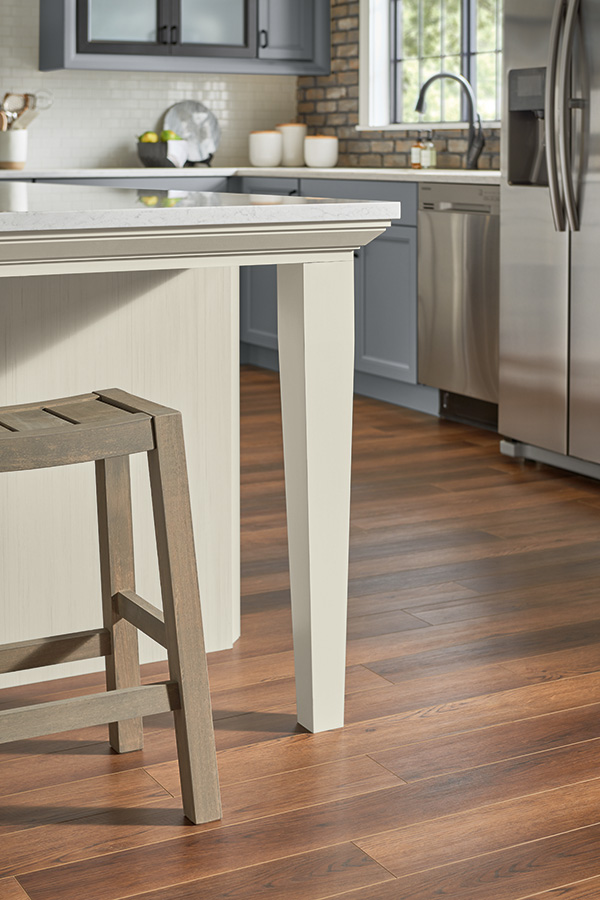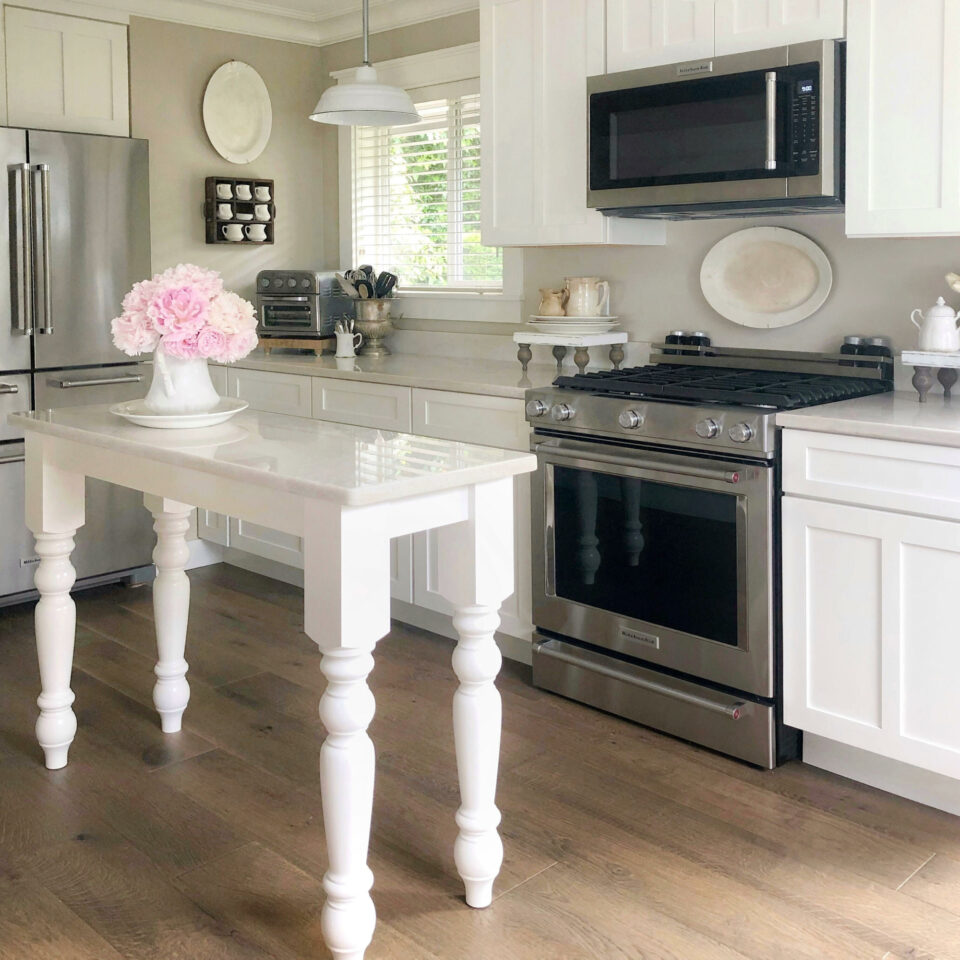The Relevance of a Sturdy Kitchen Area Island Leg in Creating a Functional Cooking Area
A strong kitchen island leg serves as a fundamental part in establishing a practical cooking environment, supplying necessary support for both the counter top and different kitchen tasks. As kitchens progress into multifunctional locations for food preparation, eating, and mingling, the option of materials and style factors to consider for island legs comes to be significantly crucial.
Advantages of Sturdy Island Legs
Giving crucial assistance, sturdy kitchen area island legs play an essential function in enhancing the capability and toughness of cooking area islands - kitchen island leg. These legs not only bear the weight of the countertop and any kind of extra items placed on the island, yet additionally contribute to the overall security of the framework. A well-supported kitchen island makes certain that it remains functional and upright, also under heavy use, which is specifically vital in hectic kitchen settings
Moreover, durable island legs can improve the aesthetic charm of the cooking area. They supply a strong structure that can match various design styles, from contemporary to conventional. This flexibility allows homeowners to personalize their kitchen islands according to individual preference while making certain that the structural honesty continues to be uncompromised.
Along with their helpful function, durable cooking area island legs can additionally improve safety. A steady island reduces the threat of accidents triggered by wobbling or tipping, which is especially vital in families with youngsters or senior individuals. Strong legs can help with a seamless flow of activities, enabling for efficient meal preparation and social interactions within the kitchen room. Ultimately, investing in sturdy kitchen island legs is vital for a practical and aesthetically pleasing cooking location.
Materials for Kitchen Island Legs
When choosing materials for kitchen area island legs, resilience and aesthetic appeal are essential factors to consider. The most usual materials include wood, metal, and engineered wood, each offering distinct advantages.
Hardwood, such as oak, cherry, or maple, is a classic option because of its toughness and timeless appeal (kitchen island leg). It can withstand substantial weight and is immune to wear, making it perfect for high-use kitchen environments. Additionally, wood can be discolored or painted to match different kitchen designs
Metal legs, frequently crafted from stainless steel or functioned iron, provide a modern-day and commercial appearance. They are exceptionally solid and can support substantial tons while being resistant to dampness and warmth, which is advantageous in a cooking location. Steel legs can additionally be easily cleaned, enhancing their functionality.

Style Factors To Consider for Stability
The choice of materials for kitchen island legs straight influences the style factors to consider for security. When creating a cooking area island, it is extremely important to examine the weight-bearing capability of the chosen products. Heavier products, such as solid timber or steel, typically offer higher security, specifically under the anxiety of everyday usage.
In addition, the leg style must include proper geometry to boost stability. A check out here broader base boosts the support location, lessening the danger of tottering or tipping. Consideration needs to likewise be provided to the height of the legs; out of proportion leg sizes can cause imbalance, compromising the general stability of the island.
Moreover, the distribution of weight throughout the island is vital. Guaranteeing that the leg positioning aligns with the heaviest parts, such as home appliances and countertops, will certainly better enhance security.
Upkeep Tips for Longevity

Depending on the material of the legs-- whether wood, metal, or composite-- suitable cleansing techniques should be employed. Metal legs might call for a light gloss to prevent rust and keep their luster.
If the kitchen area island experiences heavy use, consider enhancing the legs with additional braces or supports to improve longevity. By complying with these maintenance ideas, property owners can guarantee their kitchen area island legs continue to be durable and useful for years to come.
Selecting the Right Leg Style
Routine maintenance ensures that kitchen island legs continue more information to be practical and durable, however choosing the appropriate leg style is equally essential for both aesthetic appeals and support. The choice of leg design can substantially influence the overall style and harmony of your cooking area.

Capability is another important element. As an example, thicker legs or those with a sturdy base can support heavier countertops and equipment, improving the island's energy. On the other hand, slender legs might produce an airy appearance, suitable for lighter styles however potentially much less supportive.
Conclusion
In summary, the relevance of strong kitchen area island legs can not be overemphasized in the production of a practical food preparation area. These legs give necessary support, improve stability, and contribute to the general visual of the kitchen.
A durable kitchen island leg serves as a basic element in developing a useful food preparation atmosphere, offering essential support for both the countertop and different kitchen area activities.Giving essential support, tough cooking area island legs play a crucial duty in improving the functionality and toughness of kitchen area islands. Inevitably, investing in tough cooking area island legs is vital for a practical and aesthetically pleasing cooking location.
Consideration ought to see this here also be offered to the height of the legs; disproportionate leg lengths can lead to discrepancy, endangering the overall stability of the island.
Wood legs supply warmth and a timeless appearance, while steel legs supply a modern-day and industrial feeling.